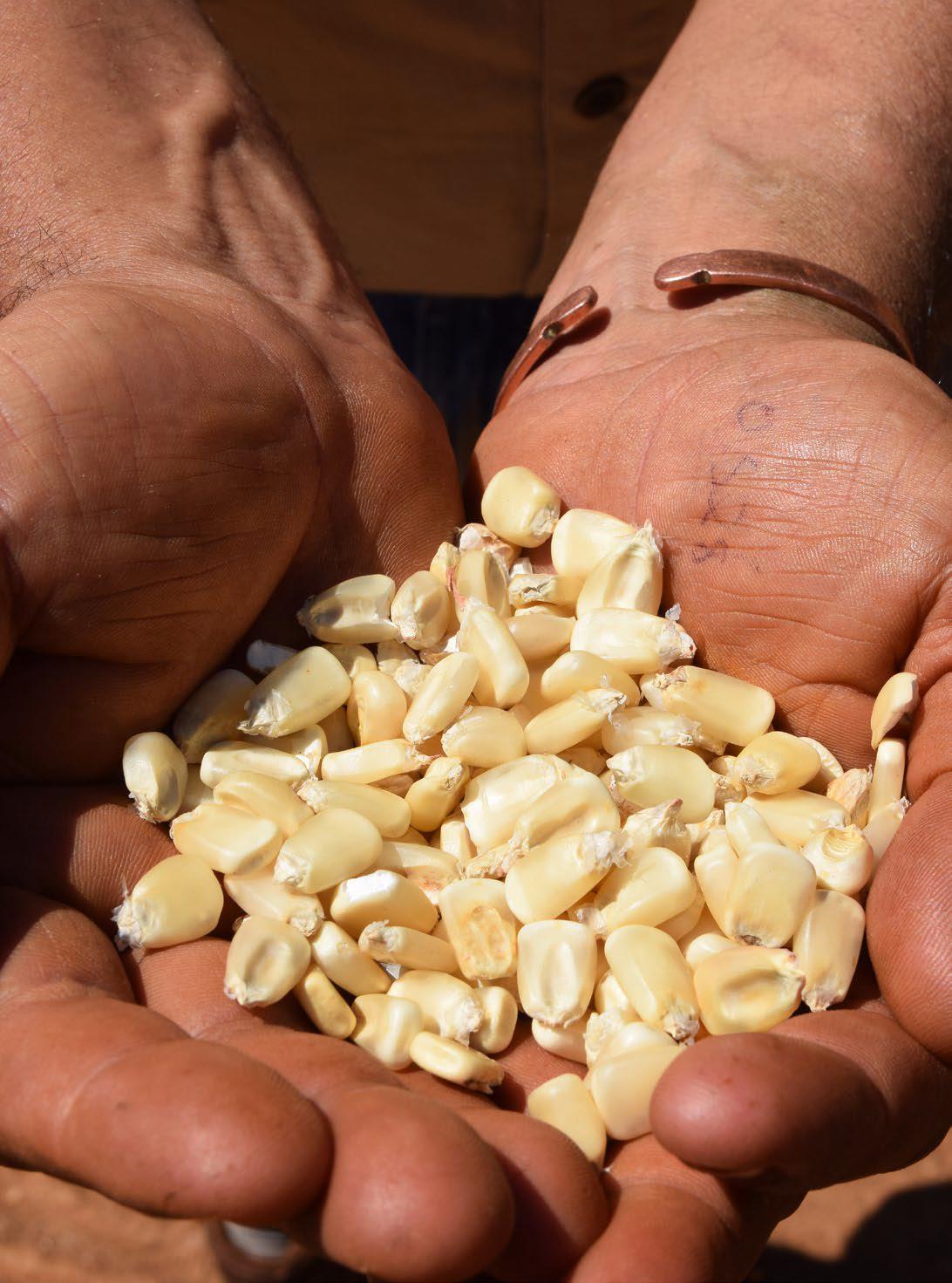In this article, we discuss seeding rates, depth of planting, nutritional requirements and crop protection.
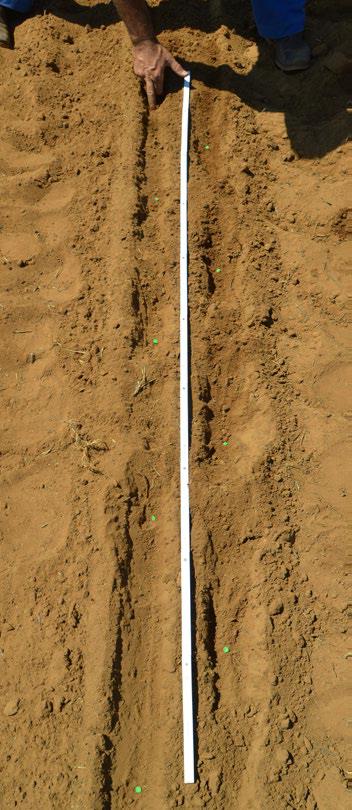
Neat seed spacing by a delta planter.
1. Seeding rates and depth of planting
- Seeding Rates: The recommended average plant population for maize for grain in Zambia is currently at 50 000 plants per hectare. With our certified germination percentage in the range 95 to 100%, we always advise planting 5 to 10% more seed than the target final plant population so that the average of 50 000 plants per hectare is successfully established well. At SeedCo, our 25 kg bag of seed will give anything from 49 000 to 62 000 seeds, depending on grade size. Large rounds and flats will be the least in a bag, but are most useful when dry-planting, whilst small flats and rounds are the most per bag. The inter-row spacing depends on implement width, and will either be 75 cm or 90 cm from one row to another. Spacing in the row (from plant to plant) will also vary from 15 cm to 25 cm.
- Planting Depth: The focus of depth of planting is to provide the seed with enough soil contact to send a root in, as well as to provide it with a moist and dark environment that initiates the germination of seed. Planting depths that have produced some of the best-established maize crops range from 5 cm to 8 cm. Any seed planted deeper risks failing to emerge, or emerges later than those planted at the recommended depths, and is usually with low vigour.
Great care must also be taken in the calibration of machinery and tractor speed. This is recommended for correct planting rates per hectare as it relates to depth of planting and the ultimate achievement of a crop that successfully establishes itself. For those planting by hand, correct planting depth is achieved by making planting basins in the fields. The Conservation Farming Unit focuses on teaching this principle.
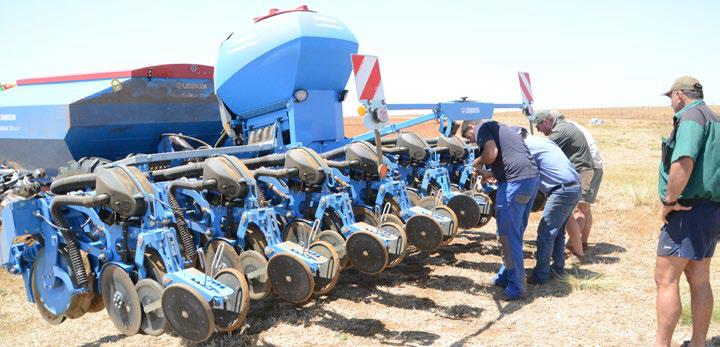
The calibration of planters is very important.
2. Meeting the initial nutritional requirements of the maize crop
Maize, like all seeded plants, requires mineral nutrition from the soil as soon as they emerge out of the soil and begin to send the roots deeper. By this time, there must already be a good amount of ready-to-use macro- and micro-elements in the soil to support the growth and development of the new plants. Plant-available nutrients can be supplied through the root and application recommendations can only be close to accurate when based on a lab report for soil analysis. Research has shown that the maize plant should have drawn 3 to 5 kg of nitrogen (N); 3 kg of phosphorus (P) and 3 kg of potassium (K) by the third leaf stage. These nutrients are supplied mainly from a basal fertiliser, and Zambia’s formulation is N:10, P:20, K: 10, S: 6. This can be found in our popular Compound D, which is loosely called ‘basal fertiliser’ for the simple reason that its elements must be readily mineralised and ready for uptake by the time the plant is setting its first true leaves. The lab report for soil analysis will determine how much to supply each sampled field, based on targeted yields. Research norms show the following average per tonne yield extractions of the N, P, K, S, Ca, Mg for a crop of maize.

The table above, coupled with the slow rate of mobility of phosphorus in soils, indicates why it is important that phosphorus should be supplied in full or almost the full required amounts by the time of planting. The common small-scale farmers’ practice of applying basal fertiliser between the 5th and 8th leaf stage of the crop is therefore a deprivation of plant-required nutrients and compromises the way that the root system forms.
Research has shown that maize plants set their yields at the 8th leaf stage, so any stress, especially as a result of nutritional deficiency, reduces the yield potential of a crop and cannot be reversed after the 8th leaf stage. Trial results have also shown how applying sulphur in the basal fertiliser improves the yield of a maize crop. Zinc should also not be compromised, depending on the lab report. Calcium and magnesium can be supplied either as top dress or through foliar applications. A well-established crop will therefore have been supplied with sufficient starter fertilisers that give it the oomph to set it up for high yields.
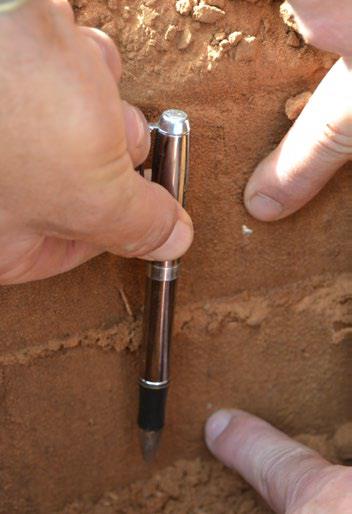
Supply the right dose of fertiliser.
3. Initial crop protection
Crop protection in plants refers to, and targets, mainly pests such as weeds, insects and diseases. In Zambia, emerging maize plants can also be attacked by wild quails and rats, with the latter not being a big threat. Quails can be managed by planting early, using baits or employing labour to scare them away. The main focus on crop protection during the early stages of the maize crop is weed control, soil borne pests and diseases and the recent challenge of fall armyworms.
- Weed control: Weeds are known to cause up to 100% crop loss in maize, depending on the type and infestation levels. To completely remove them from being a yield loss or crop failure factor, early control is important. Cultural, mechanical and biological methods are important to integrate in a weed management programme, but for any large-scale maize production, chemical control has proven to be the most effective. Identifying the most prominent weeds in each field sets you and your area’s agronomist on a journey to reduce the weed bank in your field over a few years of employing various control measures, including crop rotation.
- Land preparation methods also speak into what sort of weed control intervention to employ. Zero and minimum tillage calls for pre-crop emergent burn down weed control products as well as post-crop emergent products to be incorporated in the programme. Your agronomist will advise you on the best combination for your fields. A crop that is set to start without weed pressure is freed from the competition that weeds impose on commercial plants for nutrients (including water), sunlight and space, and other more detrimental effects that are allelopathic.
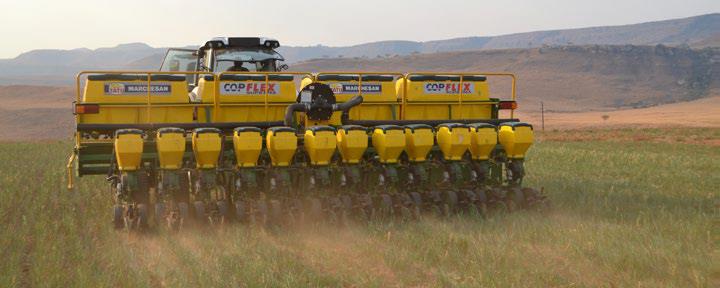
Minimum tillage planting.
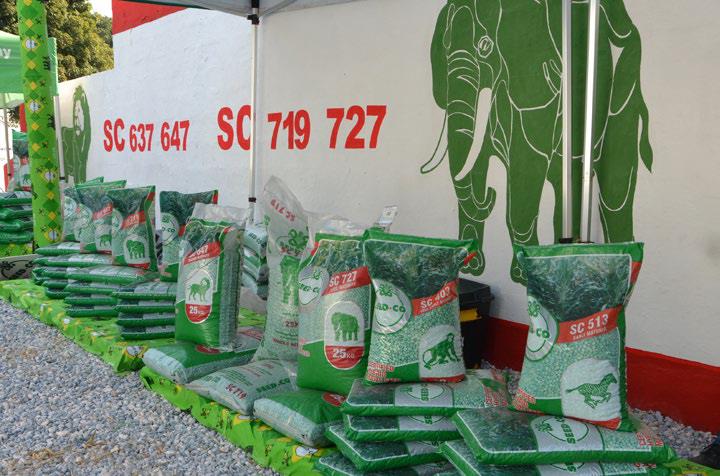
SeedCo’s Maize seed is treated with fungicides and Insecticides to protect the seed from diseases and pests during its initial stages of growth.
4. Pest and disease control
All our hybrid maize seed at SeedCo are dressed with world-renowned, top-of-the-range insecticides and fungicides that will last for ±1 year on the seed, and up to 3 weeks after emergence in the planted seed. This is to ensure protection from soil pests such as cutworms and diseases such as dumping off. With the current challenge of fall armyworm, it is advised that maize fields planted in hot spots have pheromone traps and are scouted on a daily basis from emergence so that thresholds are reported quickly for control recommendations. A tentative programme must be in place to go in and protect the crop as maize is most vulnerable to FAW at the very early stages of growth and during tussling and silking.
For more information, contact Adrian.chibanga@seedcogroup.com, or visit their website at www.seedcogroup.com/zm.

